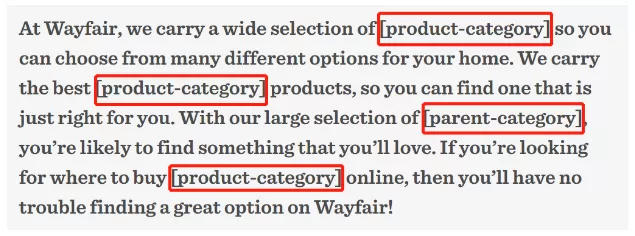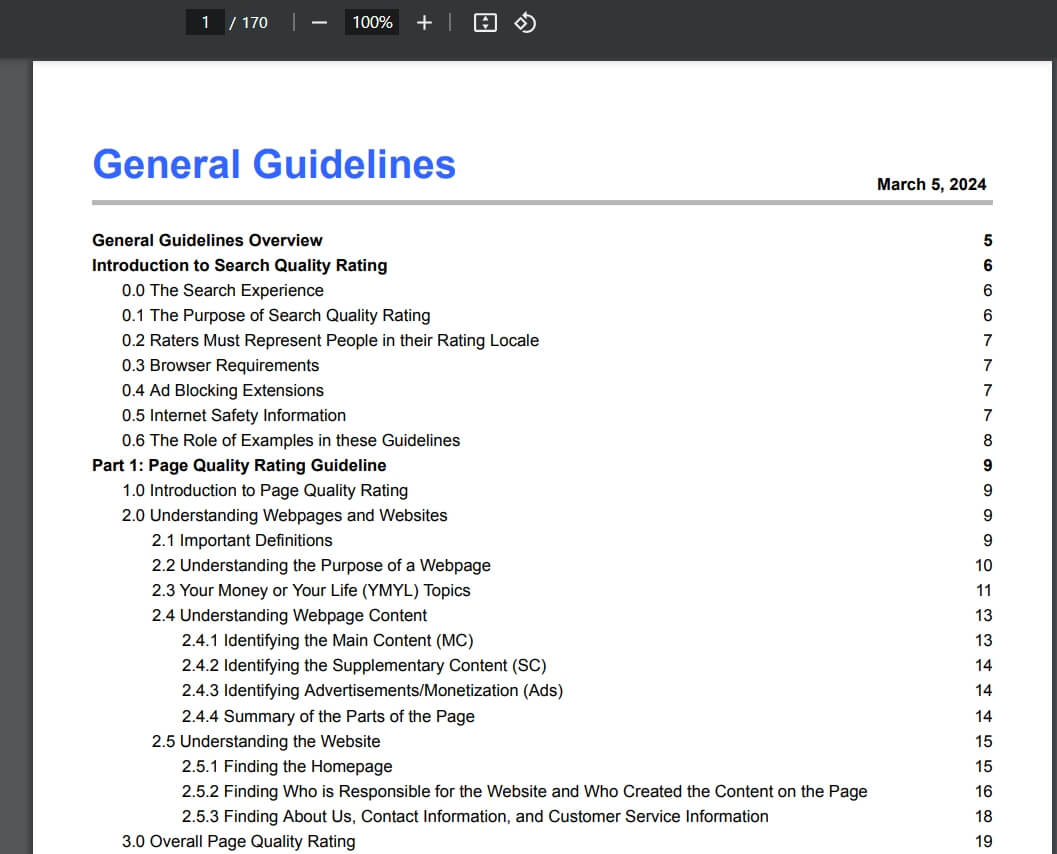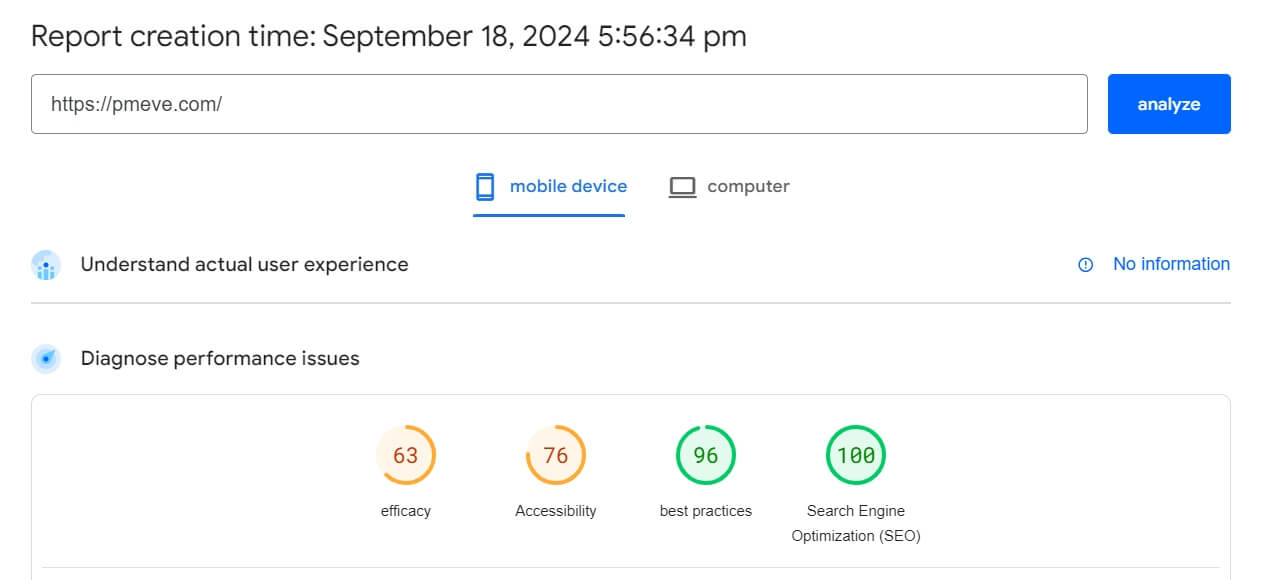9 SEO Rules to Improve Your Search Engine Ranking
The goal of Search Engine Optimization (SEO) is to have search engines provide a link to your webpage when users enter relevant search queries.
While there is no set blueprint that guarantees the top ranking, there are several SEO best practices (which you can think of as SEO rules) that can increase your chances of ranking well in non-paid results.
9 SEO Rules That Can Help You Rank
These best practices can help your website rank organically (i.e., for free):
1. Target Relevant Primary Keywords
Each page on your website should be optimized for one unique primary keyword. This increases the likelihood of the page appearing as one of the top links in Google search results.
But what exactly is the right keyword?
The right keyword for your page has the following characteristics:
A fairly high search volume (meaning a large number of people search for the keyword each month)
It is not too difficult to rank for
It is relevant to your brand, product, or service
2. Organize Your Site Structure
Site structure refers to how pages on a website are arranged and connected. A coherent and intuitive site structure ensures that both users and search engine crawlers can easily navigate your site.
A good site structure also helps you avoid duplicate content (i.e., content that is identical or very similar to content elsewhere on your website). Duplicate content makes it harder for Google to determine which page to display on the Search Engine Results Page (SERP), which can weaken your SEO efforts.
To create a good structure, ensure your website has a flat architecture. You can achieve this by grouping content by topic. This way, your homepage can link to category pages, and those category pages can link to subpages or individual pages within the same category.
3. Create Useful Content
Google's SEO guidelines emphasize that content should focus primarily on providing value to human readers. This is why you should create useful content that is comprehensive and offers new insights or perspectives.
Creating such high-quality content not only benefits SEO but is also more likely to engage users.
4. Help Search Engines and Users Understand Your Content
You can help Google better understand your content and provide a better user experience in three key ways:
Use clear and concise headings
Optimize your title tags and meta descriptions
Implement schema markup
5. Ensure Your Site Provides a Good User Experience
User experience (UX) refers to the overall experience visitors have when interacting with your website. It covers everything from navigation and page design to page load speed and site responsiveness.
Since Google's goal is to show content that best satisfies users' needs, its ranking system rewards websites that provide a good user experience.
The most important UX-related ranking factors include page load speed and mobile-friendliness.
6. Optimize Your Images and Videos
Image and video optimization involves improving the quality, relevance, and accessibility of your visual content. It maximizes organic visibility.
This is especially true considering that images are 12.5 times more likely to appear in mobile search results than in desktop search results, and videos are 3 times more likely to appear in mobile search results than on desktops.
7. Utilize Internal and External Links
Internal links connect your pages to each other, while external links connect your pages to other websites. Both are essential.
Using internal links makes it easier for users and search engines to discover more content and helps distribute authority (PageRank) across your website.
This means that high-authority pages on your site can pass some of their authority to other pages through internal linking, boosting their ranking potential.
8. Obtain Backlinks for Your Website
Backlinks are links from other websites to your site. They signal to Google that your website is a reliable and valuable source of information.
The more high-quality backlinks you receive from relevant, authoritative websites, the more likely Google will consider your site worthy of ranking.
9. Promote Your Content
Promoting your content through other channels can increase its visibility, drive more traffic to your website, and improve your search performance over time.
There are several promotion strategies you can use to expand your content's reach.
For example, you can use email marketing to send newsletters highlighting your latest content. You can also use paid ad campaigns to display your content to specific audiences who might not have discovered your site through organic search.
Additionally, you can share content on social media, encouraging interactions like likes, shares, and comments to further boost visibility.





